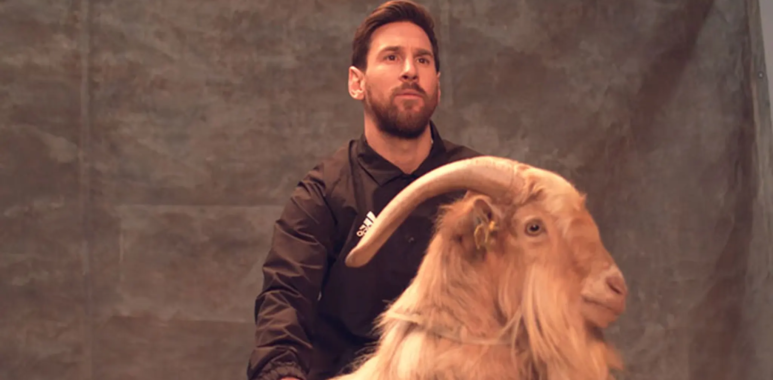
Rise of the GOAT: Tom Brady, Lionel Messi, and Lionel Messi from Muhammad Ali, and LL Cool J
In recent years, talking sports and more general entertainment has come to be known as “GOAT culture.” The phrase “Greatest Of All Time” is now shortened. Debating whose credentials are deserving of the distinction in certain areas has helped us get through much unpleasant work happy hour.
It’s a format that lets someone employ whatever standards they see appropriate. And no matter how fervent true believers are to the contrary, there almost never is an unquestionable solution. Some media figures have made successful careers out of yelling at one other in this manner. Every day of the week, year after year, inciting supporters to fight for their favorite stars.
The phrase has evolved into one of the numerous narratives that. In the face of a plethora of problematic off-field realities. They have carried the conversation around on-field issues during the men’s World Cup in Qatar. For two legends of the male game, this World Cup is almost definitely their last.
While the world watched in real-time as Cristiano Ronaldo’s influence diminished. Moreover, he eventually dropped out of Portugal’s starting eleven. Lionel Messi delivered one of the greatest performances of all time in the tournament over 570 minutes of action.
American sports have always been obsessed with identifying one player as being superior to the others, from all-arounder Jim Thorpe and Babe Ruth in baseball during the 1910s and 1930s to the heyday of Wayne Gretzky in ice hockey and Michael Jordan in basketball during the 1980s and ’90s. It evolved into the pinnacle achievement—a new standard by which all extraordinary athletes in the future would be judged.
Muhammad Ali was the only one who really saw the potential marketability and value in adopting that position, however. He issued the spoken word recording “I Am The Greatest” in 1963 while still going by the name Cassius Clay.
He was a man aged 21. The piece, which was recorded in the CBS 30th Street Studio, lasted over 45 minutes as Ali utilized his exceptional wordplay to explain to the world how he saw himself.
The term was first widely used in 1992 when Lonnie Ali, Ali’s wife, established a company named GOAT to manage all affairs pertaining to the then-retired boxing star. Rapper and boxing aficionado LL Cool J’s 2000 number-one album was titled G.O.A.T.
While rumors of “Tom Brady GOAT” had increased in the two Februarys before, his fifth Super Bowl victory and the New England Patriots’ legendary comeback victory over the Atlanta Falcons in 2017 set a new (and, as of this writing, still the current) gold standard for athletes to be referred to as such.
Brady’s sixth and seventh championships also saw a rise in search activity, but none was as significant as what followed Super Bowl LI. Maybe there was no longer anything to argue about. Brady wasn’t the first wave-starter in our current GOAT era, however.
Some may use Lionel Messi’s current absence from a World Cup championship as the last item to consider when evaluating his application. But it practically defeats the point of a GOAT discussion.
The post Rise of the GOAT: Tom Brady, Lionel Messi, and Lionel Messi from Muhammad Ali, and LL Cool J appeared first on The12thMan.


